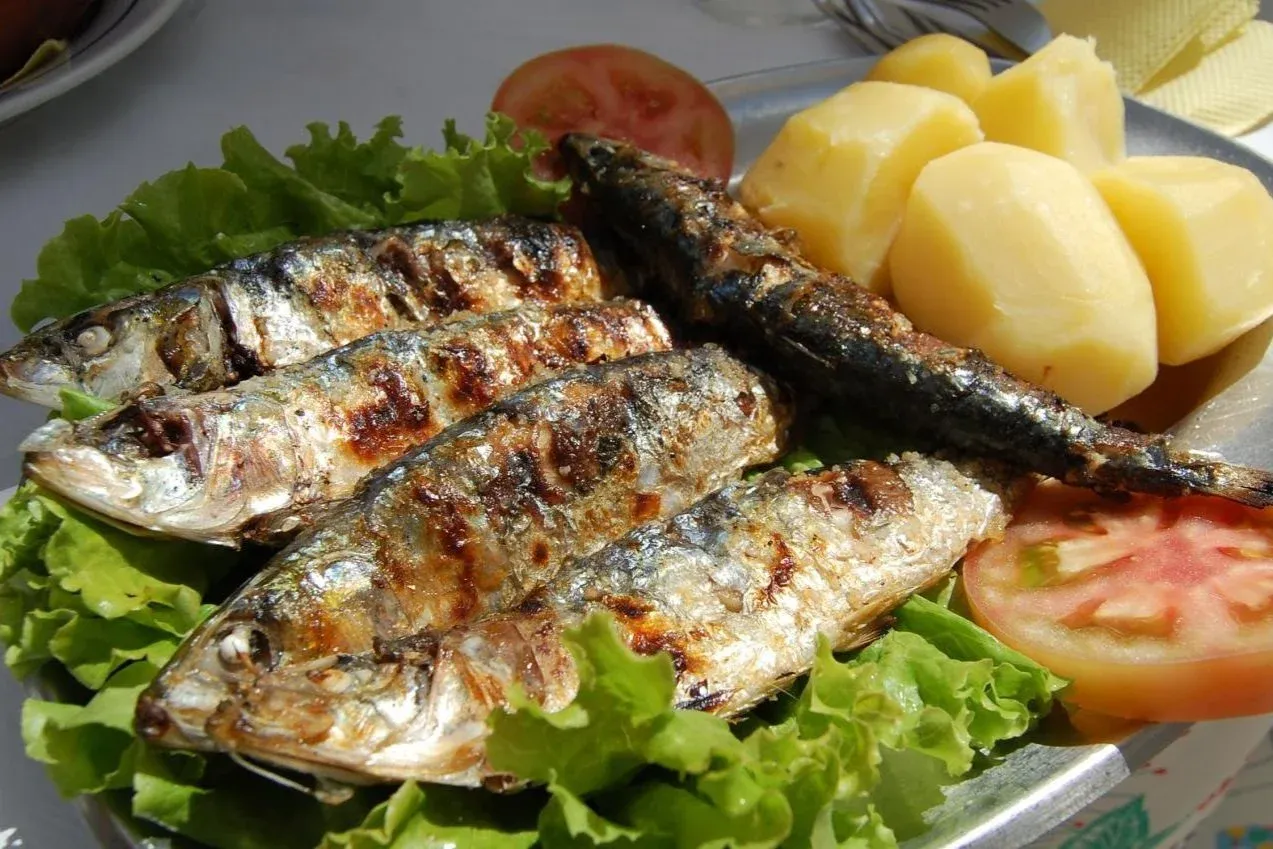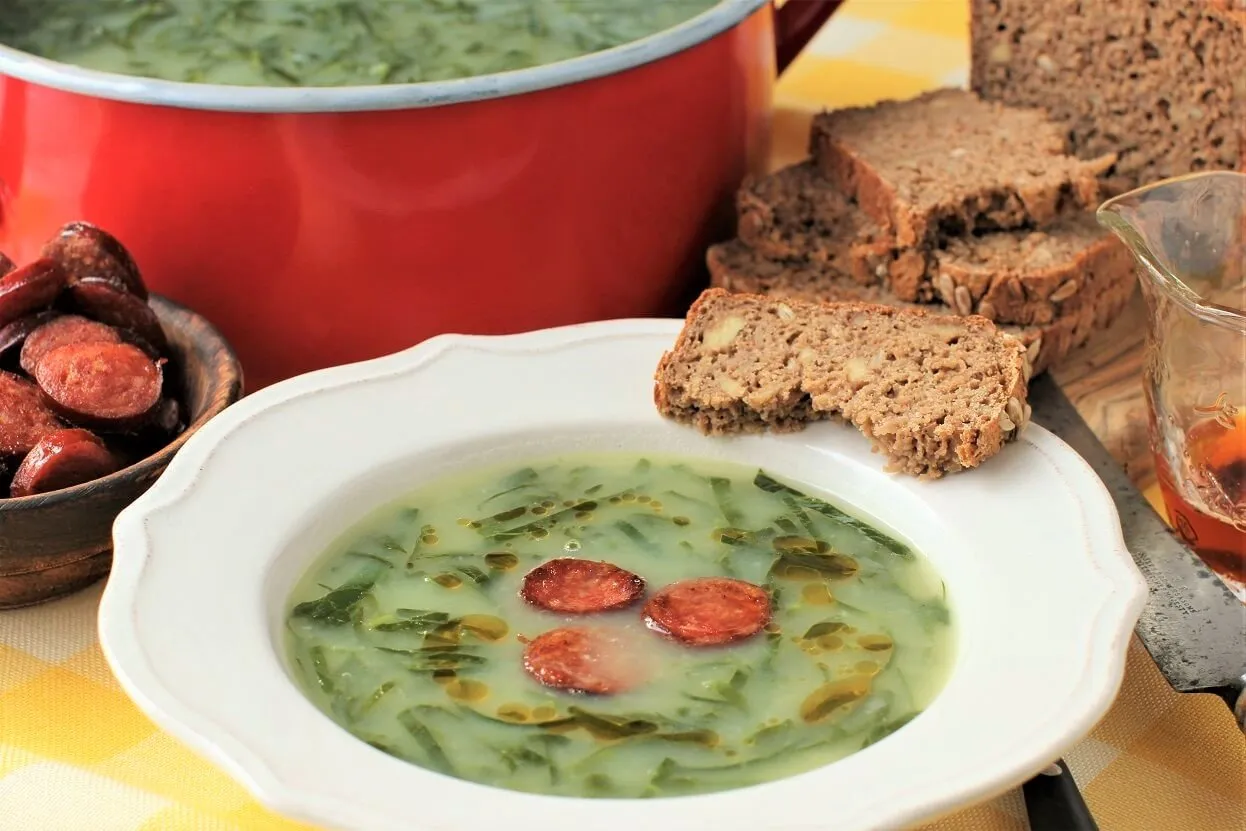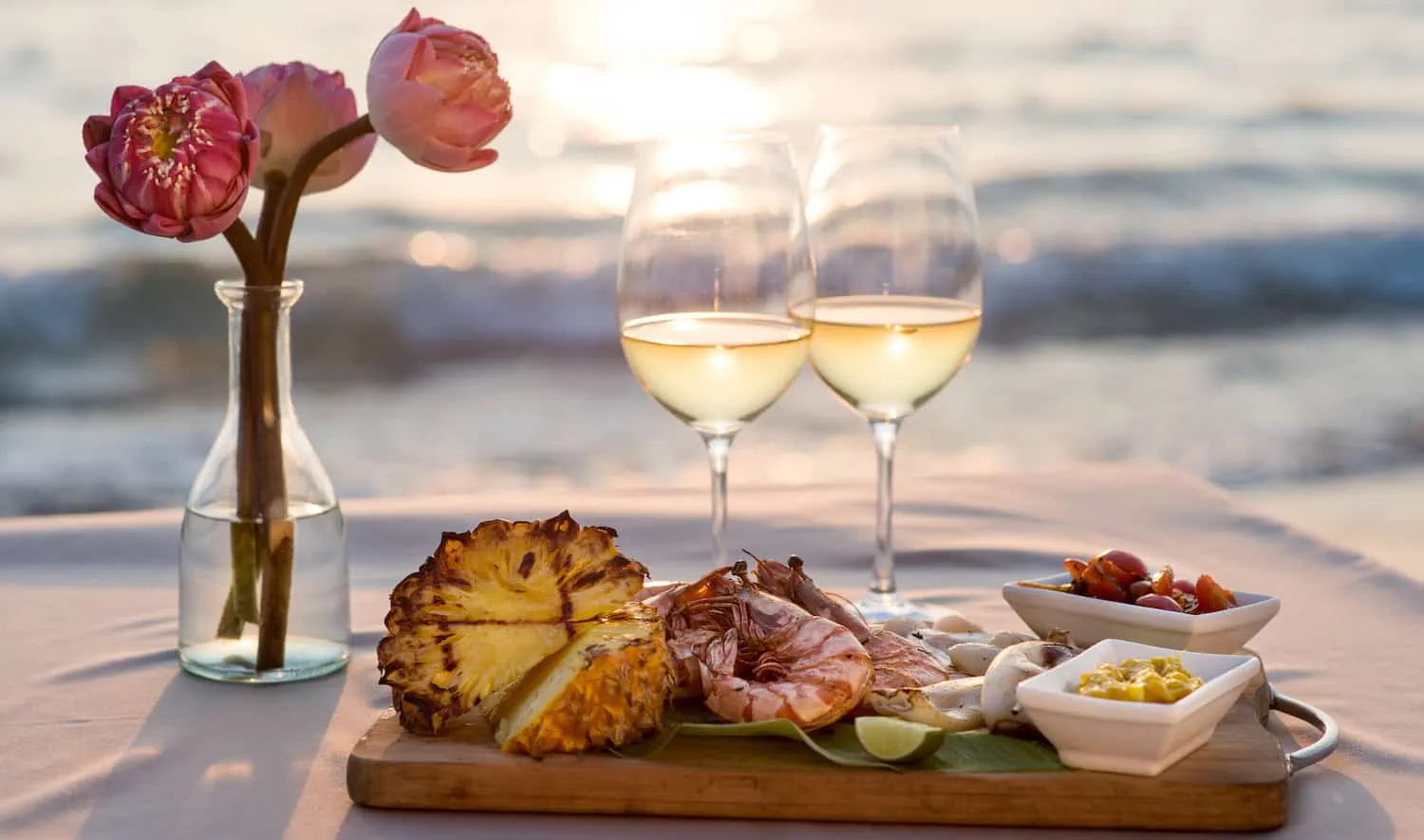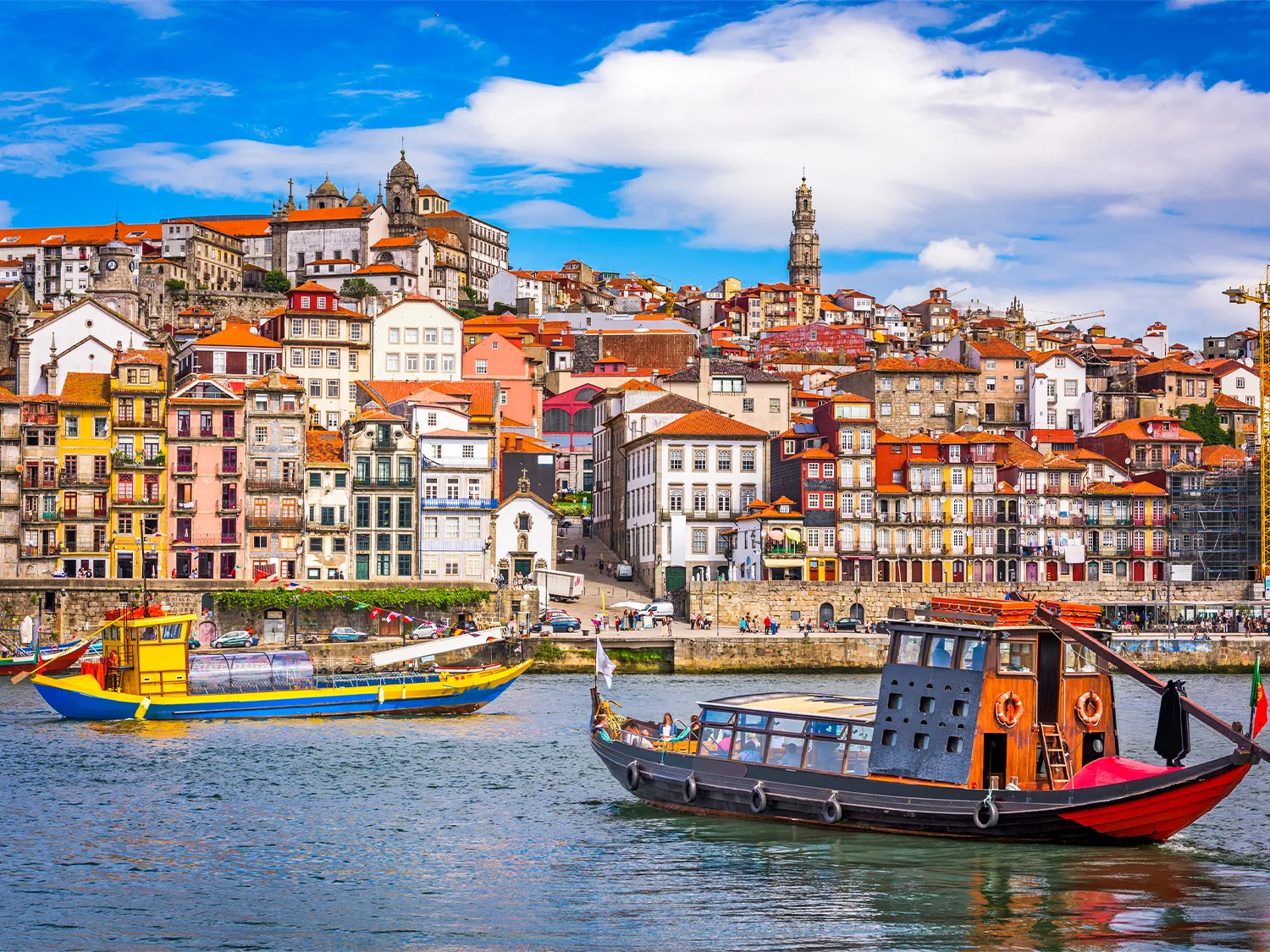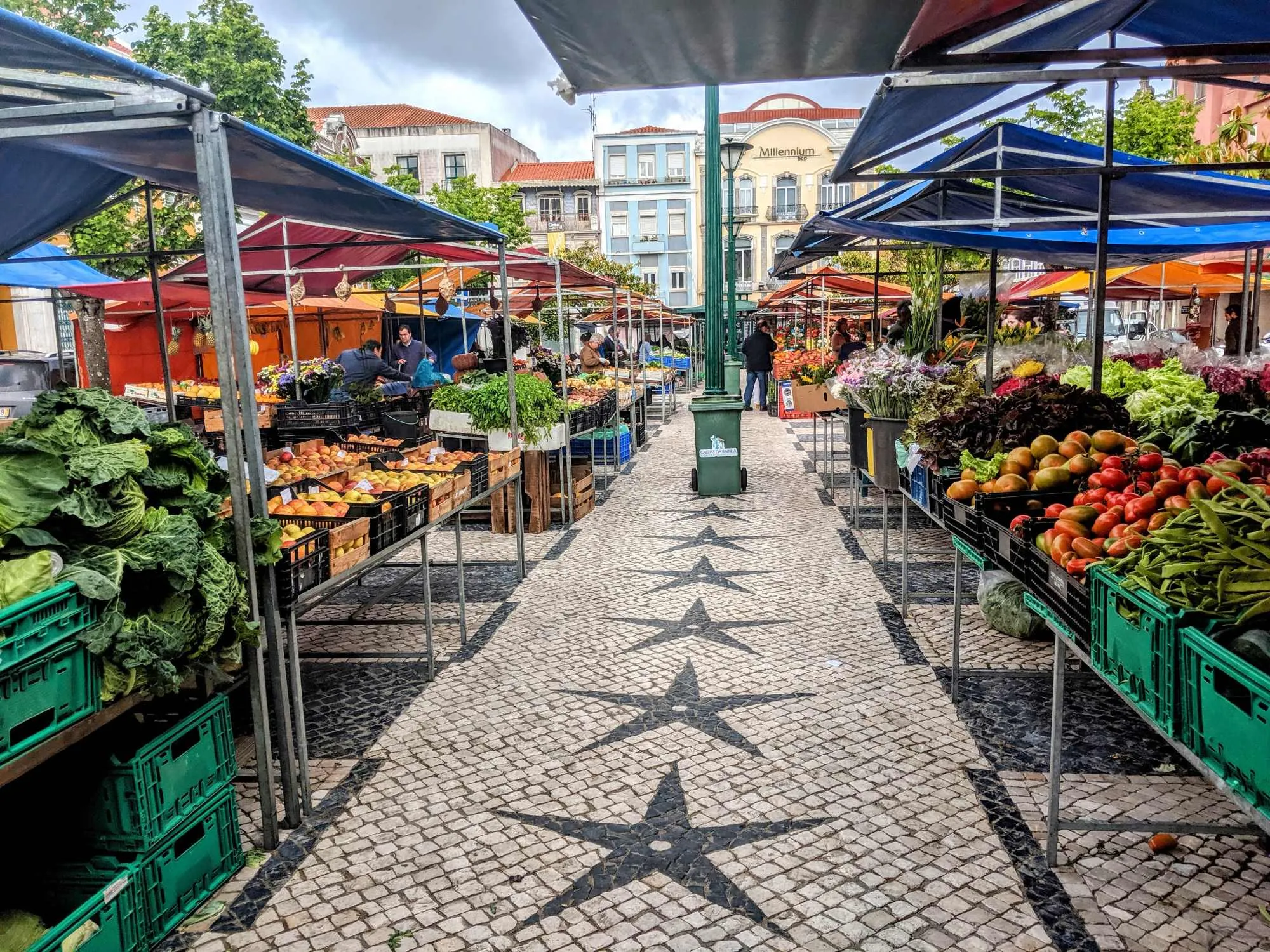Traditional Portuguese food isn’t just about eating—it’s about experiencing a culture that transforms every meal into a celebration. Picture yourself on a Lisbon street corner in June, where the salty Atlantic breeze mingles with charcoal smoke from grilling sardines, and a local hands you crusty bread to catch the flavorful oils. This is Portuguese cuisine at its heart: bold flavors achieved through beautiful simplicity, where the ocean meets the land in dishes that tell stories of exploration and tradition. From the national obsession with cod to regional specialties that will make your taste buds sing, this guide covers everything you need to know about enjoying Portugal traditional food like a true local.
Understanding Portuguese Dining Culture: Your Key to Authentic Experiences
Before you dive fork-first into Portugal’s incredible food scene, you need to understand the rhythm that makes Portuguese dining so special. Trust me, this cultural knowledge will transform your entire culinary experience.
The Portuguese Meal Schedule: Why Timing Changes Everything
Portuguese meal times reflect a culture that prioritizes connection over convenience. As a traveler, syncing with this rhythm is your first step toward eating like a local. Lunch typically runs from 12:30 PM to 3:00 PM, and dinner starts late—restaurants often don’t open until 7:00 PM or 7:30 PM, with locals dining between 8:00 PM and 10:00 PM. Arriving at 6:30 PM will likely mean finding closed doors.
The day also includes two essential coffee breaks: lanche da manhã around 10:00 AM and lanche da tarde around 4:00 PM. Even quick meals are seated affairs. Locals might grab a bifana (pork sandwich) but will enjoy it at a counter with soup rather than eating on the go. Weekends stretch these schedules even further, with meals becoming hours-long celebrations of conversation and community.
Navigating the Menu: From Couvert to Tipping Like a Pro
When you sit down at a Portuguese restaurant, don’t be surprised when bread, olives, or cheese appears on your table. This couvert isn’t complimentary—it will be added to your bill, though it’s never expensive. A simple “não, obrigado/a” (no, thank you) is all it takes to politely decline it if you’re not interested.
Tipping in Portugal is more nuanced than the standard US percentages. While not mandatory, good service deserves recognition, especially as tourism increases the cost of living for service staff. Consider rounding up the bill, leaving a euro or two in cafés, 5-10% in casual restaurants, and up to 15% for exceptional high-end experiences. Always tip in cash when possible to ensure it reaches your server directly.
Finding Authentic Tascas: Where Real Portuguese Cooking Lives
For the most authentic taste of Portuguese home cooking, seek out a tasca—a small, humble, family-run eatery that represents the culinary heart of Portugal. These simple establishments focus on hearty, traditional one-pot dishes like arroz de pato (duck rice) or cabidela (chicken and blood rice), served in generous portions. At a tasca, the menu often changes daily, starters are predictably perfect (olives, bread, codfish cakes), and the atmosphere prioritizes the quality of the food over trendy design. This is where you’ll find the soul of Portugal traditional food.
Portugal’s Coastal Cuisine: Essential Seafood Dishes
Portugal’s relationship with seafood tells a fascinating story of two distinct maritime realities: the immediate bounty of its coast, celebrated in grilled sardines and fresh clams, and the preserved legacy of global exploration embodied in salted cod. When you taste sardinhas assadas in June and bacalhau à brás in December, you’re experiencing both sides of this rich culinary history.
Bacalhau: Portugal’s “Faithful Friend”
No exploration of Portuguese food can begin anywhere but with bacalhau (salted cod), the country’s national obsession and cultural symbol. This “fiel amigo” or “faithful friend” originated during the Age of Discovery when Portuguese sailors needed protein for long voyages. By salting and drying cod from Newfoundland, they created a food source that was both durable and versatile. The Portuguese claim to have more than 365 recipes for bacalhau—one for every day of the year.
- Bacalhau à Brás represents the ultimate Portuguese comfort food, originating in Lisbon’s Bairro Alto district. Shredded salt cod is sautéed with onions and thinly chopped fried potatoes, then bound together with creamy scrambled eggs. Garnished with black olives and fresh parsley, it creates a perfect harmony of textures and savory flavors.
- Bolinhos de Bacalhau are crispy codfish fritters found in nearly every café and restaurant. This mixture of salt cod, potatoes, onions, parsley, and eggs is formed into small balls and deep-fried until golden brown, creating the perfect snack with a crunchy exterior and soft, flavorful interior.
- Bacalhau com Natas layers salt cod, onions, and potatoes in a thick cream sauce, which is then baked until bubbly and golden. This rich casserole is especially popular for family meals during colder months.
One traveler perfectly captured bacalhau’s magic: “My first real taste of Portugal was at A Casa do Bacalhau in Lisbon. I ordered the Bacalhau à Brás. It wasn’t just fish and potatoes; it was a creamy, savory, comforting hug in a bowl. You understand immediately why they call it a ‘faithful friend’. It’s the kind of dish that tastes like home, even if you’re thousands of miles away.”
Sardinhas Assadas: Summer’s Undisputed Star
If bacalhau is the soul of Portuguese cuisine, sardinhas assadas (grilled sardines) are its vibrant, seasonal heart. These cultural icons embody summer, community, and celebration, reaching peak perfection during the warmer months when they become the stars of summer festivals, particularly Lisbon’s Feast of St. Anthony in June.
The preparation showcases a beautiful simplicity: fresh, whole sardines are generously seasoned with coarse sea salt and grilled over hot coals until the skin is crispy and slightly charred. They’re traditionally served atop a thick slice of crusty bread that soaks up the flavorful oils, accompanied by boiled potatoes and a roasted pepper salad. As one Reddit traveler noted: “In Porto, you must try the seafood. The sardines are plentiful and so deliciously grilled… All of this seafood goes perfectly with the Vinho Verde… the entire dinner was about 25 Euros.”
Atlantic Treasures Beyond the Classics
- Polvo à Lagareiro transforms octopus into dinner party royalty. The name “lagareiro” refers to an olive oil press owner, hinting at the copious amount of high-quality olive oil used. The octopus is first boiled until tender, then roasted until slightly charred, and served drenched in garlic-infused olive oil alongside batatas a murro—small potatoes that are boiled, lightly crushed, and roasted until crisp.
- Arroz de Marisco differs dramatically from Spanish paella. Authentic Portuguese seafood rice should be malandrinho (meaning “naughty” or “runny”), served almost like a stew. Its depth comes from a rich broth made by simmering shrimp heads and shells with vegetables and herbs, which is then used to cook short-grain rice with clams, mussels, and prawns. It is finished with a generous amount of fresh cilantro.
- Amêijoas à Bulhão Pato carries a charming story, named after the 19th-century poet Raimundo António de Bulhão Pato. This elegant yet simple dish steams clams in fragrant olive oil, garlic, white wine, and fresh cilantro. It’s served immediately with crusty bread for mopping up the savory, briny sauce.
- Cataplana de Marisco comes from the Algarve and is named for its unique copper cooking vessel shaped like a clam. This hinged pot steams a vibrant medley of white fish, shrimp, clams, and mussels in a savory tomato, bell pepper, onion, garlic, and white wine sauce.
Hearty Meat Dishes: Land-Based Staples of Portuguese Cuisine
While the ocean dominates Portugal’s culinary identity, the interior’s traditions of farming, hunting, and livestock are equally vital. The country’s meat dishes are robust, flavorful, and deeply comforting, from iconic sandwiches that inspire fierce regional debates to slow-cooked stews that speak of family gatherings and rustic heritage.
The Great Sandwich Showdown: Bifana vs. Francesinha
Two sandwiches reign supreme in Portugal, each with a passionate following that reflects its regional origins.
- The Bifana represents the people’s sandwich—a masterpiece of delicious simplicity considered by many to be the national sandwich. Thin pork slices marinated in garlic, white wine, paprika, and spices are fried and served in a warm, crusty papo seco bread roll. Often accompanied by mustard or piri-piri sauce, it’s an affordable, ubiquitous street food perfect for a quick lunch or late-night snack. Vendas Novas in the Alentejo region is widely credited with its creation.
- The Francesinha embodies Porto’s culinary maximalism. This legendary “little French girl” was created in the 1950s by Daniel David de Silva, who was inspired by the French croque-monsieur but adapted it to hearty Portuguese tastes. It’s a formidable construction of toasted bread layered with steak, ham, and multiple sausages like linguiça, all enveloped in melted cheese and drenched in a rich, secret sauce made with tomato, beer, and spices. It’s often crowned with a fried egg and served with fries.
One traveler perfectly described the francesinha experience: “You can’t go to Porto and not try the Francesinha. A local told me it was ‘ridiculous but tasty,’ and they were right. I went to Café Santiago, and it was a glorious, meaty, cheesy, saucy mess. It’s not just a sandwich; it’s an experience. You’ll need a knife, a fork, and a nap afterwards.”
Slow-Cooked Comfort Classics
- Cozido à Portuguesa represents the ultimate Portuguese feast—a generous boiled dinner that varies by region but always celebrates abundance. Large pots are filled with beef, pork, chicken, pork ribs, and sausages like chouriço and morcela (blood sausage), simmered slowly with cabbage, carrots, turnips, and potatoes. The components are often arranged separately on large platters, letting diners build their perfect plates.
- Arroz de Pato from northern Braga combines comfort with elegance. Tender duck is cooked and shredded, and its flavorful broth is used to cook the rice. The savory rice and duck are layered in a baking dish, topped with smoky chouriço slices, and baked until golden and slightly crisp on top.
- Leitão da Bairrada has achieved “almost mythical status”—a roasted suckling pig from the Bairrada region that people travel great distances to enjoy. The secret lies in slow roasting in a wood-fired oven, with the young pig basted in a paste of garlic, salt, pepper, and fat. This results in incredibly tender, juicy meat and shatteringly crisp, golden-brown skin. It’s recognized as one of the 7 Wonders of Portuguese Gastronomy.
Sausages with Stories and Spiced Chicken
- Alheira de Mirandela carries what is perhaps the most historically significant story in Portuguese cuisine. During the 15th-century Inquisition, Portuguese Jews created this sausage to avoid persecution. Forbidden from eating pork, they made alheira from poultry, veal, or game mixed with bread, creating sausages that looked like traditional pork versions hanging in Christian homes. This clever disguise allowed them to outwardly conform while maintaining their dietary laws. Today, it’s a beloved delicacy, typically grilled or fried and served with a fried egg and fries.
- Frango Piri-Piri differs from its international chain versions. Authentic Portuguese piri-piri chicken is often more subtle than the mega-hot restaurant adaptations popular abroad. In Portugal, the chicken is marinated in a balanced blend of olive oil, garlic, lemon, and a touch of chili, then spatchcocked and grilled over charcoal until the skin is crisp and the meat is smoky and succulent. The Algarve town of Guia is credited as the dish’s birthplace.
A Culinary Map: Exploring Portugal’s Regional Food Specialties
Portugal’s compact size belies its remarkable culinary diversity. From the volcanic Azores islands to the sun-drenched Algarve coast, each region boasts unique ingredients, recipes, and a distinct gastronomic identity. Planning your itinerary around these local dishes will reward any experiential traveler with truly authentic tastes.
- Lisbon: Offers Pastéis de Belém (the original custard tarts), Amêijoas à Bulhão Pato (elegant clam dish), and Ginjinha (the city’s signature sweet cherry liqueur).
- Porto: Serves Francesinha (the monumental meat-and-cheese sandwich), Tripas à Moda do Porto (historic tripe stew), and perfectly executed Bolinhos de Bacalhau.
- Algarve: Features Cataplana de Marisco (signature seafood stew), Frango da Guia (original piri-piri chicken), and Dom Rodrigos (traditional egg yolk and almond sweets).
- Alentejo: Presents Carne de Porco à Alentejana (a unique dish combining marinated pork with clams), Migas (a hearty dish made from stale bread), and Açorda (traditional bread and herb soup).
- Madeira: Brings you Espetada (beef cubes skewered on aromatic bay laurel branches), Bolo do Caco (fluffy sweet potato flatbread), and Peixe Espada Preto (local black scabbardfish served with banana).
- Azores: Offers Cozido das Furnas (a remarkable stew cooked underground using natural volcanic steam), Alcatra (slow-cooked beef pot roast from Terceira island), and Bolo Lêvedo (soft, slightly sweet muffin-like bread).
Beyond the Main Course: Essential Soups, Cheeses, and Sweets
While fish and meat form the backbone of Portuguese cuisine, the dishes served before and after are equally integral. A comforting soup traditionally starts almost any meal, while the country’s cheeses and vast array of egg-rich pastries provide moments of pure indulgence.
Essential Portuguese Soups
Soup is fundamental to daily Portuguese meals, often served as the first course even at formal dinners. Portuguese soups are typically vegetable-based, hearty, and nourishing, focusing on simple, high-quality ingredients.
- Caldo Verde is the most iconic Portuguese soup, originating from the northern Minho region but beloved nationwide. This “green broth” features a puréed potato, onion, and garlic base, creating a creamy texture without dairy. Its signature element is thinly shredded collard greens or kale stirred in at the end, which cooks just enough to stay vibrant green. Slices of flavorful smoked sausage like chouriço or linguiça are often added to each bowl along with a drizzle of good olive oil.
Portugal’s Crown Jewel of Cheese
- Queijo da Serra da Estrela is Portugal’s oldest and most famous cheese, a protected PDO product made for centuries in the mountainous Serra da Estrela region. It is made exclusively from the milk of two specific sheep breeds—Bordaleira Serra da Estrela and Churra Mondegueira—that graze on local vegetation. What makes it truly unique is the use of the cardoon thistle flower as a natural coagulant instead of animal rennet. The result is a semi-soft cheese with an intense, complex, and slightly tangy flavor. When mature, its interior becomes gloriously creamy and runny, often served by slicing off the top rind and scooping the contents out with a spoon.
The Sweet Legacy of Conventual Desserts
Portugal’s extraordinary sweet tradition, doces conventuais, originated in its convents and monasteries. For centuries, nuns and monks used egg whites for starching religious habits, which left them with an abundance of leftover yolks. They developed an incredible array of recipes for cakes, puddings, and pastries, often involving copious amounts of sugar and almonds. This historical quirk birthed one of the world’s richest pastry traditions.
- The Pastel de Nata is the undisputed king of Portuguese pastries, having achieved global fame. Its story begins before the 18th century at the Jerónimos Monastery in Lisbon’s Belém district. The monks created the original recipe, selling it commercially after the Liberal Revolution of 1820 threatened religious orders. When the monastery closed in 1834, the secret recipe was sold to a nearby sugar refinery, which opened as Fábrica de Pastéis de Belém in 1837 and continues to sell the iconic tarts today.
A perfect pastel de nata features a flaky, shatteringly crisp puff pastry shell holding a rich, creamy egg custard. The top is beautifully caramelized with dark, blistered spots from high-temperature baking. It is traditionally served warm with a dusting of cinnamon or powdered sugar. As one traveler exclaimed: “You haven’t been to Lisbon until you’ve had a Pastel de Nata warm from the oven… As I bit through the shatteringly crisp pastry into the warm, luscious custard, I finally understood the hype. It’s a small bite of heaven. One is never enough.”
Portuguese Drinks: From Coffee Culture to Essential Wines
The Portuguese passion for food is matched by its love for drink, from the daily coffee ritual to world-renowned wines. Learning the local customs and terminology is key to fully enjoying the country’s beverage culture.
How to Order Coffee Like a Local
In Portugal, coffee is a social ritual. “Vamos tomar café” (“let’s go have a coffee”) is an invitation for a break to chat with friends. It’s rarely a grab-and-go affair; even a quick espresso is savored while standing at the counter (balcão), where it is often cheaper than table seating.
- Um Café: A strong shot of espresso. It’s called a Bica in Lisbon or a Cimbalino in Porto.
- Pingado: An espresso with just a drop of hot or cold milk.
- Meia de Leite: Roughly equal parts coffee and steamed milk in a larger cup.
- Galão: An espresso shot in a tall glass, filled with about three-quarters steamed milk.
- Abatanado: Espresso with added hot water for a larger cup, similar to an Americano.
A Simple Guide to Portuguese Wine
- Vinho Verde from the lush, green Minho region translates to “green wine,” which refers to it being a “young wine” released within three to six months of harvest, not its color. It is typically light, crisp, and refreshing with a slight natural effervescence and low alcohol content, making it an ideal summer wine. Its bright acidity and citrus notes pair perfectly with seafood dishes, especially grilled fish, sardinhas assadas, shellfish, and bacalhau.
- Port Wine is Portugal’s most famous export, a fortified wine produced exclusively in the Douro Valley. Ruby Port is the youngest and most fruit-forward, preserving its deep ruby color and intense berry flavors, pairing classically with blue cheeses and chocolate desserts. Tawny Port is aged longer in smaller wooden barrels, developing an amber color and complex nutty, caramel flavors, excellent with aged hard cheeses and nut-based desserts. White Port ranges from dry to sweet and is often served chilled as an aperitif with olives or as the base for a refreshing “Porto Tónico” cocktail.
Exploring Portugal traditional food is a journey through the country’s history, geography, and soul. From the simplest grilled sardine to a complex conventual sweet, each dish tells a story. This guide is your starting point, but the real magic happens when you sit down at a local tasca, order a glass of vinho verde, and take that first delicious bite. Enjoy every moment of your culinary adventure through Portugal!
Read more:
